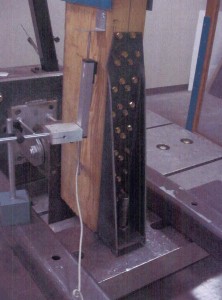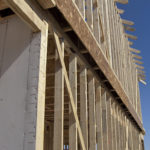I confess to being a bit of a technology junkie. I think it was around 1995 when I first overcame my fears and cracked open my computer case, installed a new hard drive and upgraded to an enormous 8 megabytes of RAM. While I still enjoy building my own home computer every now and then, it seems like keeping up with technology is a full-time job. For every new website or app, you can expect two or three more just like it to follow. Trying to filter through all of that information to find what’s useful to your specific job, process or project can be impossible.
I’ve found it’s usually best to let the need dictate the technology, versus the other way around. When I was designing buildings, contractor sketches or descriptions of field issues were often not clear (especially the ones that had been faxed 5 times!). Sometimes we could figure it out with several phone calls, but other situations would require a field visit. A photograph would work, but developing film and sending the photos would take too long. The development of inexpensive digital cameras so field questions could be e-mailed with photos really streamlined my process for responding to field issues.







